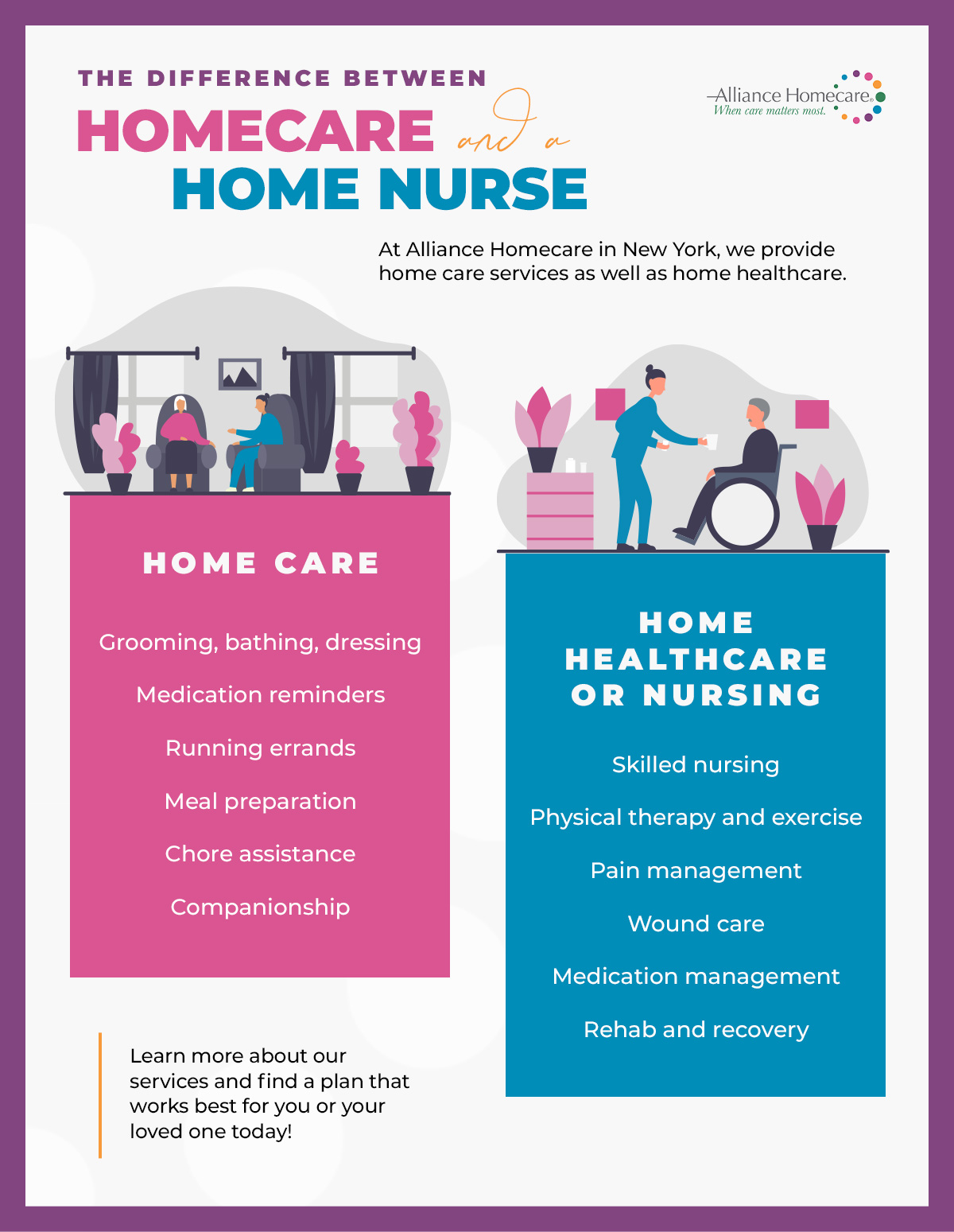
Palliative care, often confused with hospice care or palliative medicine, is a type of healthcare that provides support for patients and their families. This is for patients suffering from serious illnesses. It can help with pain and other symptoms. Palliative care may be offered in many settings. It may be offered in a hospital, a skilled nursing facility or at home. It may be combined with curative treatment depending on the severity of your illness.
To provide support for families and patients, interdisciplinary palliative teams can be used. These teams may include nurses, doctors, social workers and occupational therapists. This team may include the patient's family and friends.

Any age can be given to palliative medicine. Palliative care can be started at diagnosis, during curative treatment, or at end of life. Although the primary focus of palliative is to manage symptoms, family members and close friends must also be considered. Palliative treatment is provided in collaboration with a number of health professionals. This may include the administration of medications, nutritional adjustments, and relaxation techniques.
Palliative and hospice care are natural extensions of primary care. It coordinates care across multiple pathways, including primary care, specialty care, and tertiary. It also focuses on quality of living. A palliative Care team will assess the medical condition of a patient, provide basic nursing treatment, and manage symptoms and pain. Additionally, caregivers can receive training to offer additional support to the patient such as emotional support and pain management.
Palliative teams listen to and take into account the patient's concerns and financial resources. The team may also consider whether the patient has made advance medical directives, and if so, whether they are being honored. They may also be interested to examine the patient’s financial status and potential conflicts among primary caretakers. They may need to make a decision on when to cease caring for the patient.
While hospitalization might be necessary for an aggressive intravenous therapy, the patient may not need to be admitted. To maintain kidney function and comfort, fluids can easily be administered under the skin for patients who live at home. To help the patient or their family identify their needs, they can use a Carer Supports Assessment Tool. The tool can be used to determine if additional support may be needed for the patient as well as their family.

Emotional support is an important aspect of palliative medicine. It is important to identify the patient's emotional needs, both during the diagnosis and treatment of the disease and at the end of the patient's life. The medical treatment may not work if the patient or their family does not provide emotional support. It can also increase the severity of symptoms and pain.
FAQ
What is an infectious disease?
Infectious disease can be caused by germs (bacteria or viruses) Infectious disease spreads quickly when people come in close proximity. Measles, rubella (German measles), pertussis (whooping cold), rubella (German measles), measles), chickenpox and strep throat are just a few examples.
What is the value of the health care system
The economy of any country is dependent on its health system. It makes people live longer and more healthy lives. It creates jobs for nurses, doctors, and other medical professionals.
All income levels are eligible for quality healthcare services through the Health Care Systems.
You will need to be able to comprehend the functioning of healthcare systems if your goal is to be a doctor or nurse.
What are the various types of insurance for health?
There are three main types of health insurance:
-
Private health insurance covers all costs related to your medical care. This type insurance is often purchased directly by private companies. Therefore, you will pay monthly premiums.
-
Although public health insurance covers the majority of the cost for medical care, there are some restrictions and limits. Public insurance doesn't cover everything.
-
Medical savings accounts (MSA) are used to save money for future medical expenses. The funds are held in an account that is distinct from all other types of accounts. Most employers offer MSA program. These accounts do not have to be taxed and can earn interest at the same rate as bank savings.
What are my options for vaccines?
Vaccines offer a way to keep your body healthy and are extremely safe. Vaccines work by protecting you against certain diseases. Vaccinations are given during the adolescence and childhood. Your doctor will advise you when it is best for you to be vaccinated.
Statistics
- Over the first twenty-five years of this transformation, government contributions to healthcare expenditures have dropped from 36% to 15%, with the burden of managing this decrease falling largely on patients. (en.wikipedia.org)
- The healthcare sector is one of the largest and most complex in the U.S. economy, accounting for 18% of gross domestic product (GDP) in 2020.1 (investopedia.com)
- Consuming over 10 percent of [3] (en.wikipedia.org)
- Foreign investment in hospitals—up to 70% ownership- has been encouraged as an incentive for privatization. (en.wikipedia.org)
- About 14 percent of Americans have chronic kidney disease. (rasmussen.edu)
External Links
How To
What is the Healthcare Industry Value Chain
The entire healthcare industry value-chain includes all activities related to providing healthcare services to patients. This includes all business processes at hospitals and clinics. It also includes supply chains that connect patients to other providers like pharmacists and insurance companies. The end result is a continuum, which begins with diagnosis and ends at discharge.
The four key components of the value chain are:
-
Business Processes: These are all the tasks performed by people throughout the entire delivery of healthcare. A doctor might conduct an exam, prescribe medication and send a prescription to a pharmacy. Each step of the process must be completed accurately and efficiently.
-
Supply Chains: All the organizations involved in making certain that the right supplies reach all the people at the appropriate time. A typical hospital has dozens of suppliers, including pharmacies, lab testing facilities, imaging centers, and even janitorial staff.
-
Networked Organisations - This is a way to coordinate all the entities. Hospitals often have several departments. Each one has its own phone number and office. The central point will allow employees to get up-to-date information from any department.
-
Information Technology Systems - IT plays a critical role in business process efficiency. Without it, everything could go down quickly. IT also provides a platform for integrating new technologies into the system. Doctors can connect to a secure network connection in order to integrate electronic medical records into their workflow.